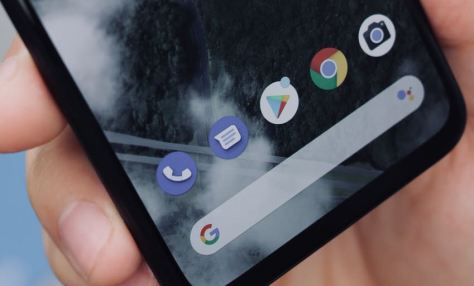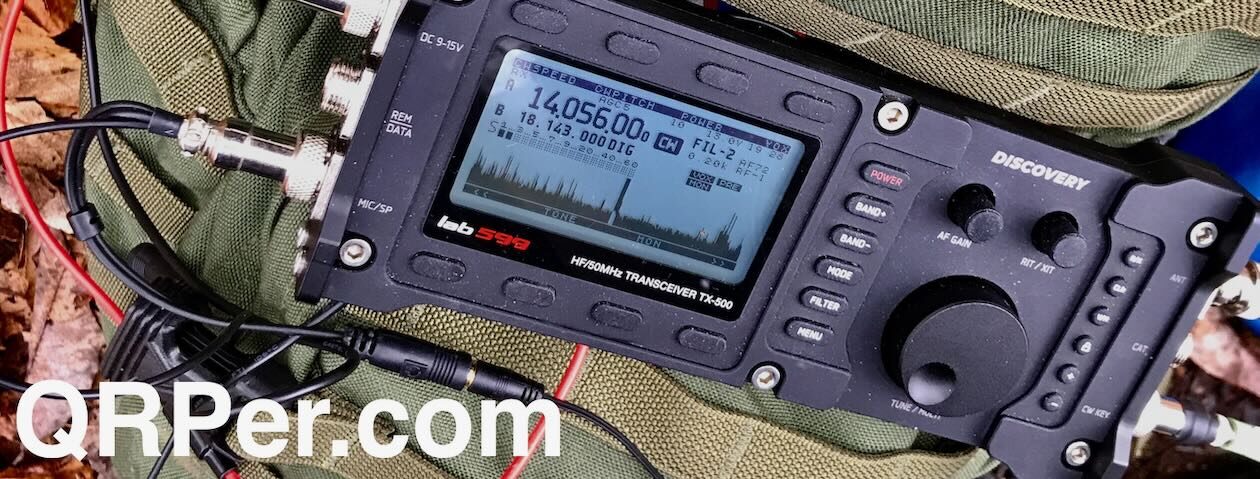 Many thanks to Pete (WB9FLW), who shares a link to this smartphone application-based digital mode called HF Pager:
Many thanks to Pete (WB9FLW), who shares a link to this smartphone application-based digital mode called HF Pager:
(Source: NVIS Club)
Using Your Smartphone on Shortwave
A highly capable HF Data Mode for Android Phones
By Evgeny Slodkevich, UA3AHM/OH5HM, and Dieter Kuckelkorn, DL1DBY
When going to an outdoor camping trip, we will find that in many parts of the world there is no cell phone service avail able in the back country. To make matters worse, in these areas there is almost never a VHF/UHF ham radio repeater in range when we need wide-area coverage. Apart from strictly local communications using VHF/UHF simplex radio, how do we send messages to friends and family over great distances? How do we call for help? A similar problem can even arise in an urban environment if a major disaster strikes like the break-down of the power grid.
In activities like back country trips in areas without cell phone coverage or in a widespread emergency with the loss of our normal means of communication we can use satellite phones, but this technology is very expensive, requires subscriptions and there is no guarantee that the complex infrastructure of satellite communications will work under all circumstances. The obvious solution for Ham Radio operators will be to switch to shortwave communication using battery operated radios and often NVIS modes of operation. NVIS stands for Near Vertikal Incidence Skywave, which means transmitting with special antennas straight up to communicate with other stations 30 km to 300 km (20 to 200 miles) away with low power – which would be the most useful communications distance if help is needed. We could use SSB voice communications, but this requires that the person we want to reach is sitting constantly at his or her radio to be able to receive the message. This can be a problem: In a real emergency we probably won’t have time for this. We could instead use capable digital modes with automatic message handling capabilities like JS8Call, but these require notebook computers or other complicated setups in the field which consume a lot of energy and can be difficult to recharge off-
grid on a reliable basis.
Evgeny UA3AHM/OH5HM and Sergej UA9OV have developed another mode of digital shortwave communications, which aims to be easy to use, capable and – most importantly – friendly to the operator’s resources. Apart from a low power battery operated transceiver and a small digital interface, only an Android smartphone is needed, which can be recharged with cheap and readily available consumer-grade solar chargers. Evgeny and Sergej have created an app called “HFpager” which allows to use the smartphone’s sound chip to encode and decode audio signals in the SSB audio passband of the transceiver – similar to PC based modes like FT8 and JS8Call. It uses rates of transmission of 1.46, 5.86, 23.44 and 46.88 Baud. Modulation is 18-tone Incremental Frequency Shift Keying (IFSK) with forward error correcting Reed-Solomon code RS(15,7) and a superblock by 4 RS blocks with interleaving.
Click here to continue reading the full article.
Click here to check out the HF Pager Android App.
Thank you for the tip, Pete!

I have always shied away from digital modes, because all my radioing is portable and I didnt want to carry a laptop along.
This could change all that! Maybe pair it with one of the simple DSB transceivers such as the one QRP Guys sell.
Thanks, Thomas!
From another Peter … I try not to pay for software as best I can, which is not easy in M$’s pay-to-play ecosystem, but CwGet, also by UA9OV works so well and has netted me many DXCC counters that I had no problem sending him a registration fee.
The link to the Android App leads to the article only instead of the app. ?
Looking at this, I think this app may be outside of the Google Play store.
Hi, nice application for android.
I am a big FOSS (Free and Open Source Software) advocate including formerly supporting the Free Software Foundation and running Linux on almost everything I own (both GNU and Android). The fact that so many modes are proprietary and require windows (of all things!) is just nuts when the very license conditions (in the USA anyway) speak against it. I have a serious problem with VARA and Winlink in particular for EMCOMM and really scratch my head at the guy up in the arctic using it with a wincrap laptop!
I also know a thing or 2 about computer security and I could not possibly trust some Russian software (even though the original authors are hams) with no source code on any hardware that I own that connects to a network. The lab599 transceiver is one thing, but this software on my phone is not happening, even if its on Google’s play store (which it doesn’t appear to be).
Which frequencies ???